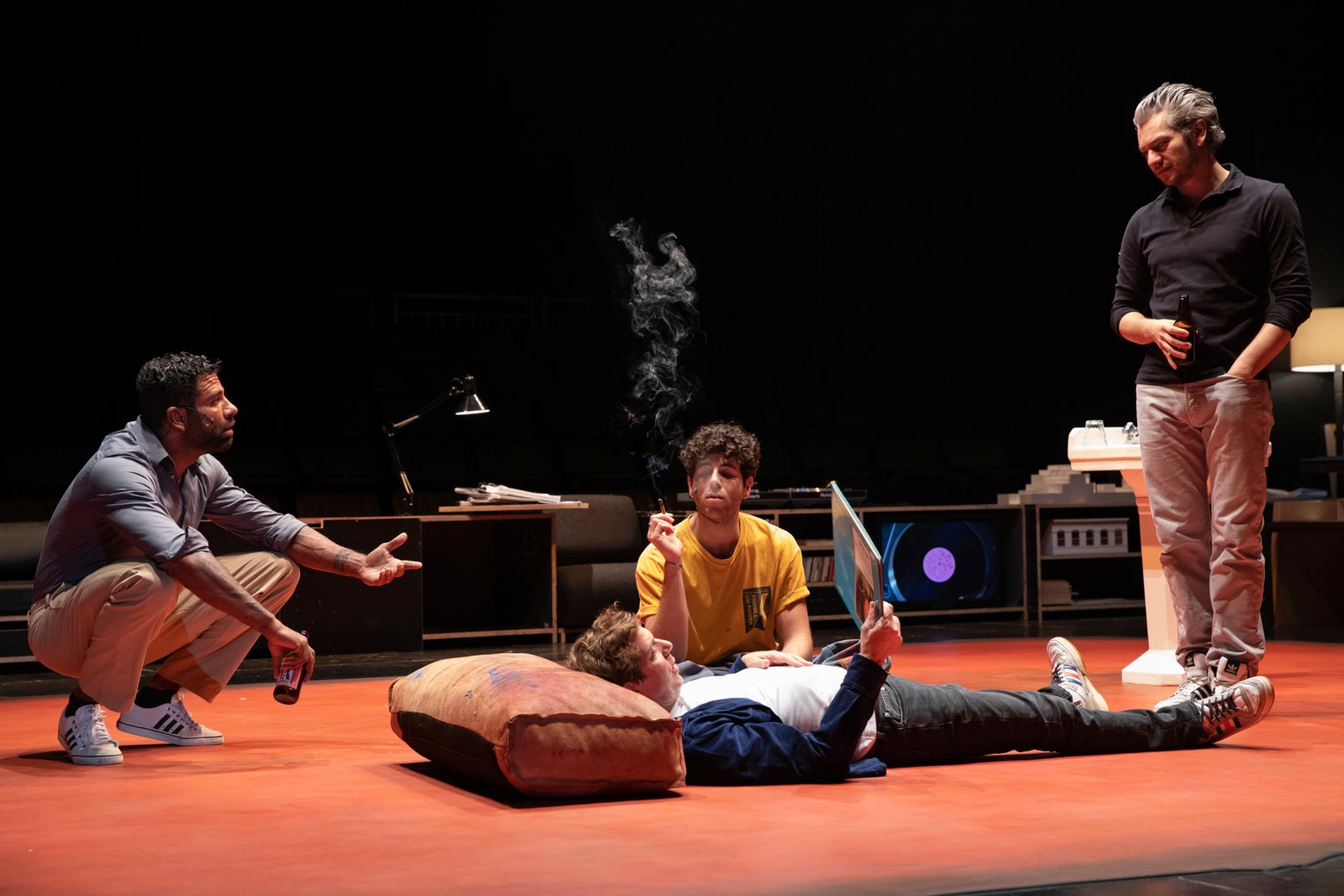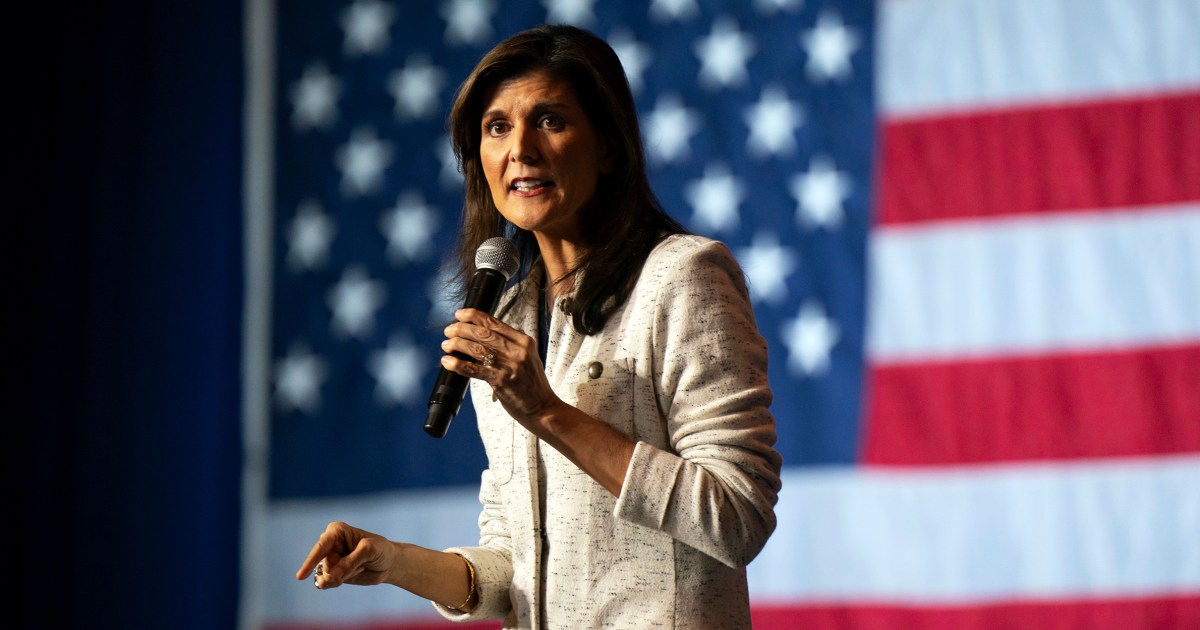
If God is truly all-powerful, all-knowing, and all-benevolent, why are we still talking about A Little Life? After all, it’s been seven years since Hanya Yanagihara’s novel—emblazoned with that sexy, uncanny cover photo by Peter Hujar—became a fixture in bookstore windows across America. Though feted by many on publication in 2015 as a masterpiece, and shortlisted for the Man Booker Prize, its bubble has been popped repeatedly by bravura pans, including an early one that prompted a public defense by the book’s editor, up through last year in the New Yorker and another this year in Vulture. I took my shot at it in Slate. Surely there are no minds left to change.
The conversation goes something like this: Both sides agree that the book—which, over 720 pages, unravels the shockingly traumatic past of one Jude St. Francis (abandoned at birth, raised by abusive monks, pimped out as a child, raped and disfigured by a sadistic psychiatrist), feints toward redemption, then has him kill himself by self-administered stroke—is quite sad. Its critics, however, point to its total inadequacy as a “chronicle of queer life,” its reliance for color on tedious lists of expensive baubles, and its full-throated endorsement of its protagonist’s suicide. (Yanagihara, in interviews, has made this position explicit in her own voice, linking it to more permissive views of suicide “in Asia.”) Fans reply that, while this may all be true, A Little Life is, indeed, quite sad—“subversive” in its refusal to bend toward redemption, or simply a Gothic melodrama of fearsome, if disreputable, power. In truth, I have yet to encounter a cogent counter-rebuttal, in print or conversation, and most seem to concede simply that the novel moved them.
That is unfair, I’m sure. But I’ve often wondered why, if the “A Little Life pan” has evolved into its own literary micro-genre, no one is really standing up for it, at least in public. The novel, meanwhile, continues its wounded but enduring reign, in reprints, translations, diversity curricula, and a surprisingly huge variety of tote bags. Add to that, now, the U.S. arrival of the four-hour-plus theatrical adaptation, the brainchild of Ivo van Hove, playing since last week to packed houses at the Brooklyn Academy of Music in New York.
The production, an offering of BAM’s Next Wave Festival, maintains virtually the entire cast of an earlier incarnation in Amsterdam, and is performed in Dutch. This, somehow, feels right: Though the book takes place, nominally, in New York around the turn of the millennium, the city serves as little more than a bland, unchanging reservoir of stylish street names. Van Hove conjures this literally, in roving, Street-View–style footage of Manhattan projected onto screens at the edge of the stage. He deftly dispatches with the other lifestyle copy, too, concisely channeling the novel’s endless menus, for instance, into silent onstage cooking.
What’s left is a ferociously taut gospel of Jude’s suffering, which unfolds with a logical rigor absent from the meandering original. In actor Ramsey Nasr’s utterly exhausting rendition, Jude is less the infinitely gentle, infinitely suffering thing of the novel than a churlish, stunted man whose gift for masochism takes on theatrical dimensions. By transposing Yanigahara’s third-person narration to first-person monologue, van Hove has turned Jude into an agent, someone with a stake in the telling of his story.
The most revealing change, however, is simply of medium. The Parul Sehgal piece in the New Yorker—criticizing A Little Life, the novel, for its reliance on “the trauma plot”—has characterized Jude as nothing more than a “vivified DSM entry.” “With the trauma plot,” she wrote, “the logic goes: Evoke the wound and we will believe that a body, a person, has borne it.” A Little Life, the play, exists to show us the body that has borne it. It is often unbearable. Nasr’s Jude cuts himself, burns himself, retches into sinks, seizes on the floor, muttering apologies, shrieking in pain, his white shirt fully red with blood by the fourth hour. Jude is crucified repeatedly; after he is chased and deliberately hit by a car, a voice intones, Biblically, “It is done.” What we have here is, unabashedly, a passion play.
But that is not all. There is nothing inevitable about suffering taking such a bloody form onstage—even passion plays tend to moderate their gore. Tom Stoppard’s Leopoldstadt, playing now on Broadway, provides a useful contrast to A Little Life’s Grand Guignol. A fictionalized account of Stoppard’s own background, it follows a Jewish family over 150 years, from prosperity in Austro-Hungarian Vienna to destruction in the Holocaust. The violence of this arc is condensed into one exquisitely small gesture, a child cutting his hand on a broken glass on Kristallnacht. Not far away, at the Metropolitan Opera, the brilliant tenor Allan Clayton is singing the title role of Benjamin Britten’s Peter Grimes. Like A Little Life, this dark, queer-coded opera centers on the persecution of an outsider, and on repeated child abuse. It hides its bodies, though, focusing on the psychological shape of scapegoating.
These works are avowedly social in their approach. They are about the relationships between victims and communities. Crucifixion stories can concern themselves with these things, too: The opening of Bach’s St. Matthew Passion practically harangues its listeners for their part in murdering the lamb of God. But A Little Life abstracts itself from all social responsibility. The play, echoing the novel, opens with Jude’s friend’s pronouncement that he is “post-sexual, post-racial, post-identity, post-past.” He is, in other words, unmarked by the categories that would give his suffering social significance. Having no race, he cannot be the victim of racism; having no sexuality, he cannot be the victim of homophobia. And though he is marked as disabled, his disability serves as little more than what some scholars call a “narrative prosthesis,” the physical record of and clue to his accumulated trauma.
Van Hove, the prolific and sometimes acclaimed stage director, has congratulated himself on his choice to place part of the audience on stage, implicating the lot of us in some “conspiracy.” He presumably means the one against Jude. But watching this play is a lonesome experience, a battle between you and your tolerance for wrist-slitting—one that many audience members the night I attended lost. As they trickled out around the two-hour mark, before an intermission during which a third of the theater seemed to leave, I wanted to shout, What were you expecting? Isn’t this what you came for?
This was also when I realized, in spite of myself, what I had come for. I was hanging on the striptease of Jude’s wounded body, dreading and savoring every escalation of self-harm. I was balking at the audio transmitters taped on the actors’ backs, ruining the illusion. (Yanagihara has been pitching, unsuccessfully, a TV show based on the novel, which she envisions will include “some CGI”—how delightful.) I was wondering if I should have made the trek to Oberammergau. I was imagining how much more satisfying this would all be had I found Nasr a little sexier, more ethereal, like Jude is described the book. I was wishing he looked more like that Hujar photo, of a beautiful young man in the throes of an orgasm. At this point, had you taken me to task for my enjoyment of A Little Life, I wouldn’t have objected in the slightest.
The Link LonkOctober 26, 2022 at 02:28AM
https://news.google.com/__i/rss/rd/articles/CBMiVGh0dHBzOi8vc2xhdGUuY29tL2N1bHR1cmUvMjAyMi8xMC9hLWxpdHRsZS1saWZlLWJhbS1wbGF5LXJldmlldy1ub3ZlbC1jcml0aWNpc20uaHRtbNIBAA?oc=5
A Little Life BAM: the play shows why everyone turned on the novel. - Slate
https://news.google.com/search?q=little&hl=en-US&gl=US&ceid=US:en

No comments:
Post a Comment